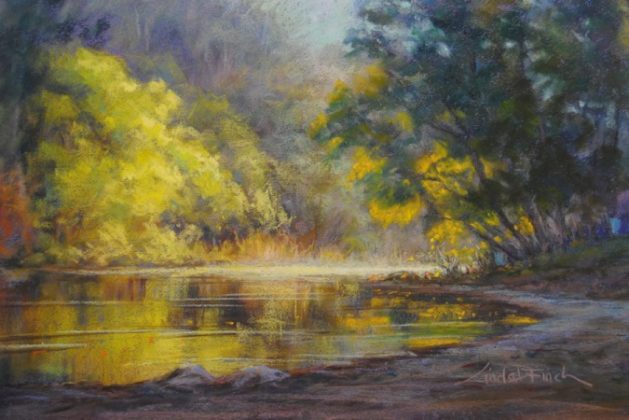Many artists love to try different kinds of colors to make artwork. They love to experiment with new techniques and styles. However, since the 17th-century pastel color is the popular medium for the artist. Many things can go wrong with the choice of color, style, and canvas. You need a proper technique for creating a masterpiece using pastel colors. Even many experienced artists fail to adopt the right technique of using pastel color in their paintings. You can improve your skills and learn how to paint using pastel colors following these below-mentioned tricks.
Learn how to paint using pastel colors following these below-mentioned tricks:
Select a paper
The most important thing for an artist to choose before starting to paint is the canvas paper. Select the appropriate paper depending upon the type of color you are using. If you are using water based color then use thick paper for painting that can easily absorb the water without getting ruined. In order to draw a pastel wall art painting, you need a pH-neutral paper. If the paper is acidic it will smudge the colors into each other and it will become difficult to paint. You must choose a textured acidic-free paper. Smooth paper is also not fit for pastel painting as the color will not adhere to the paper.
Pick your pastel colors
Pastel colors are of three types: Soft pastels, oil pastels, and hard pastels. Soft pastels are easy to blend as they are soft and buttery in texture. Pencil colors are hard pastel colors generally used for highlighting and outlining. Oil pastel colors don’t smudge easily they are less opaque and have oil binder. Oil pastels are usually used in making pastel wall art. Pick up a pastel of your choice and you are comfortable using to create tour masterpiece.
Select the surface color
The base color is the most important choice of starting to paint with pastel color. It also depends on the subject of the painting. You can choose a darker tone for night vision paintings and lighter for daylight paintings. For example:- while making wall art of beaches, use a white or cream base at the bottom and use blue at the top. You can choose a colored surface paper or a white paper and can color it later. The choice is yours.
Smudge and layer firm and soft pastels
Unlike watercolors, pastels are blend on the surface. You must learn the art of blending, smudging, and layering pastel colors to create variations and texture in your painting. Try to purchase firm and softer oil and soft pastels color as they are easier to blend. Choosing soft pastels over hard pastels is a smarter choice for a beginner in pastel art. You can blend them easily by layering two or three colors and smudge it with tools like swaps and cotton.
Create washes with water
You can create artistic effects using a brush and a little water by stroking in any direction. Not all pastels create a watery look, you can purchase that pastel to add an extra effect in your paintings.
Interesting and unplanned effects can be created with this technique. Just play with a little water and brush to create a new and surprising element in your pastel wall art.
Use a reference picture
As a beginner imagining and creating ideas for painting might get difficult for you. However, you can always take a painting of a famous artist or just a picture of a landscape as a reference to paint. It also helps to choose the composition of the color and textures in the paintings. You can take landscape art prints as a reference to create a landscape painting.
Wrapping up
If you are amateur in pastel color must follow these tips to create a marvelous pastel wall art.






Leave a comment